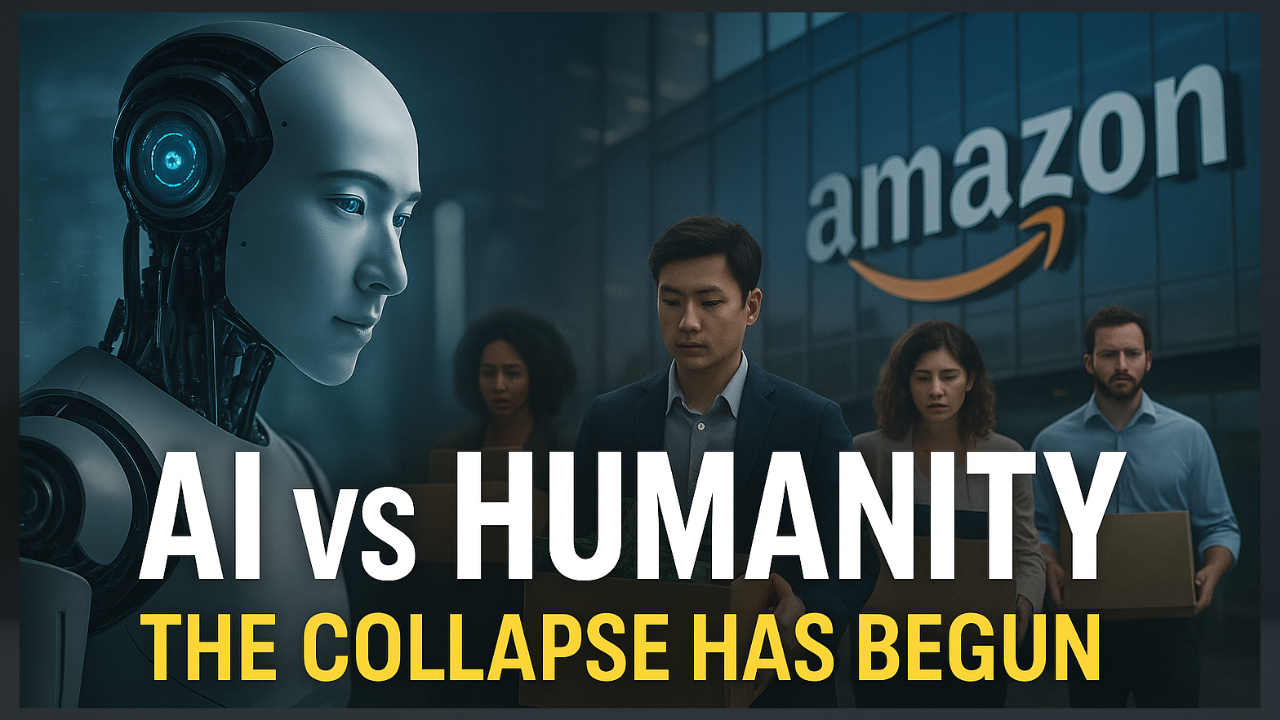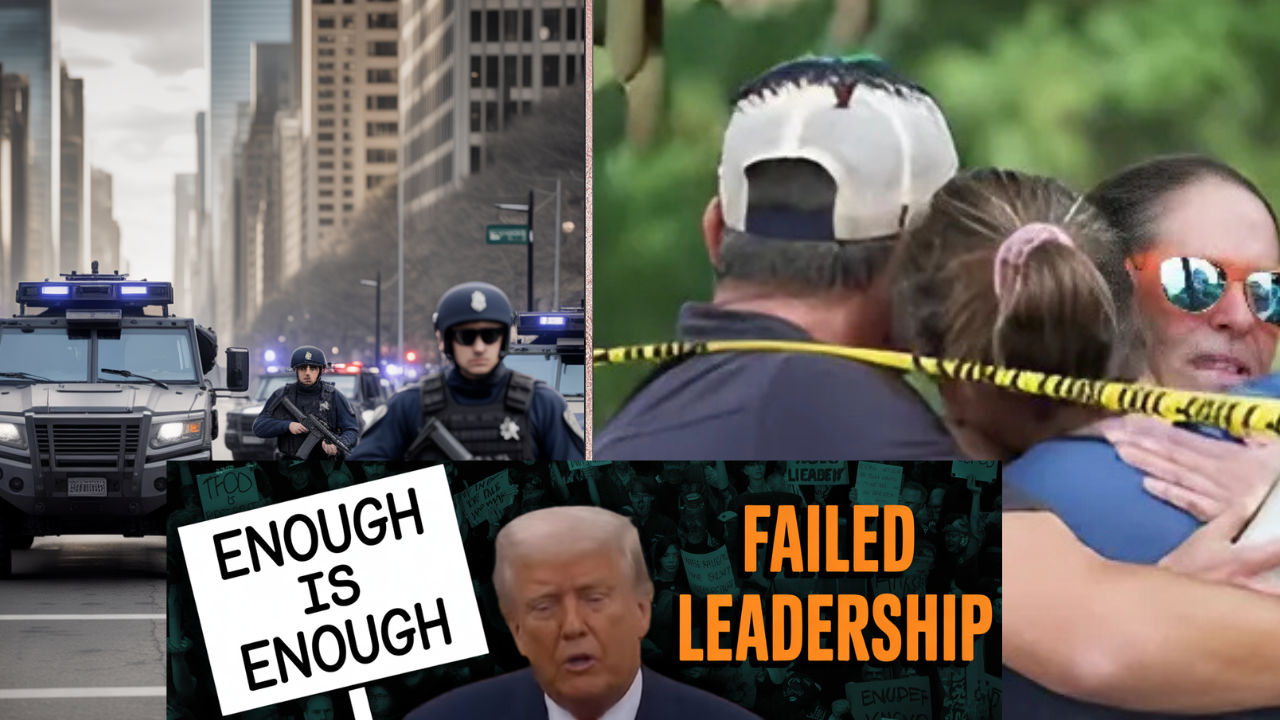The U.S. government has shut down after Congress failed to pass a funding bill by the October 1 deadline. Hundreds of thousands of federal employees face furloughs or unpaid labor, agencies are scaling back services, and families across the nation brace for disruption.
At its core, this is about more than missed votes or stalled budgets — it’s about a deepening partisan divide that makes compromise nearly impossible, leaving ordinary Americans caught in the crossfire.
Why the Shutdown Happened
- Congress was unable to pass either a full-year spending bill or a short-term extension (continuing resolution).
- Republicans demanded sharp spending cuts and accused Democrats of trying to extend healthcare to undocumented immigrants — a claim repeatedly debunked by fact-checkers.
- Democrats insisted the provisions were about maintaining Affordable Care Act subsidies and preserving healthcare for low-income U.S. families.
- Both sides dug in, the Senate deadlocked, and the shutdown began.
The Blame Game
Donald Trump: “The Democrats want to shut it down, so when you shut it down, you have to do layoffs … So we’d be laying off a lot of people that are going to be very affected.”
Trump also said: “We don’t want it to shut down,” before adding that any shutdown pain would be “caused by the Democrats.”
Mike Johnson: “Democrats are willing to inflict pain on the American people just to fight Trump.”
Hakeem Jeffries: “Trump is marching the country into a government shutdown.”
Chuck Schumer: “They call it clean, we call it extremely partisan. Not one discussion, House or Senate, between the two leaders. That is not how you negotiate and that is not how you pass appropriation bills.”
Schumer later added: “We know he runs the show here. He’s trolling on the internet like a 10-year-old while Americans face real consequences.”
Public Opinion: What the Polls Say
- YouGov: 37% of Americans blame Republicans, 25% blame Democrats, 26% blame both.
- Data for Progress: 32% blame Trump personally, 27% GOP leaders, 34% Democrats.
- Navigator Research: Pluralities already lean toward blaming Republicans, though independents split.
- Older Americans (65+): Two-thirds say shutdowns hurt the country; nearly 90% want Congress locked in until a deal is struck.
The Human and Economic Cost
- 750,000 federal workers face furloughs or unpaid work.
- Health agencies: HHS (41% furloughed), CDC (64%), NIH (75%).
- Air travel: FAA furloughs 11,000 employees, while air traffic controllers remain on duty but unpaid.
- Public services: Parks, museums, and federal data releases delayed or closed.
- Economic fallout: Shutdowns cost an estimated $1–2 billion per day, strain small contractors, and undermine U.S. credit stability abroad.
Legal Battles
Labor unions have sued the administration for threatening permanent layoffs rather than traditional furloughs, arguing such moves are illegal. Legal experts warn this could set a precedent for reshaping how shutdowns impact federal workforces.
A Worsening Divide
This shutdown highlights the toxic stalemate in American politics:
- Both parties are locked in symbolic battles rather than policy negotiations.
- Shutdowns have shifted from temporary bargaining chips to long-term political weapons.
- With each standoff, public trust erodes, and voters see Washington as increasingly dysfunctional.
- Analysts warn dysfunction risks becoming the new normal.
What to Watch
- How long it lasts: Each passing week compounds economic and political damage.
- Negotiation dynamics: Will either party yield, or will brinkmanship continue?
- Independent voters: Could tilt the political fallout ahead of the 2026 midterms.
- Global optics: Allies and investors now routinely question U.S. fiscal reliability.
Conclusion
The 2025 shutdown is more than a funding dispute — it’s another chapter in America’s deepening political dysfunction.







